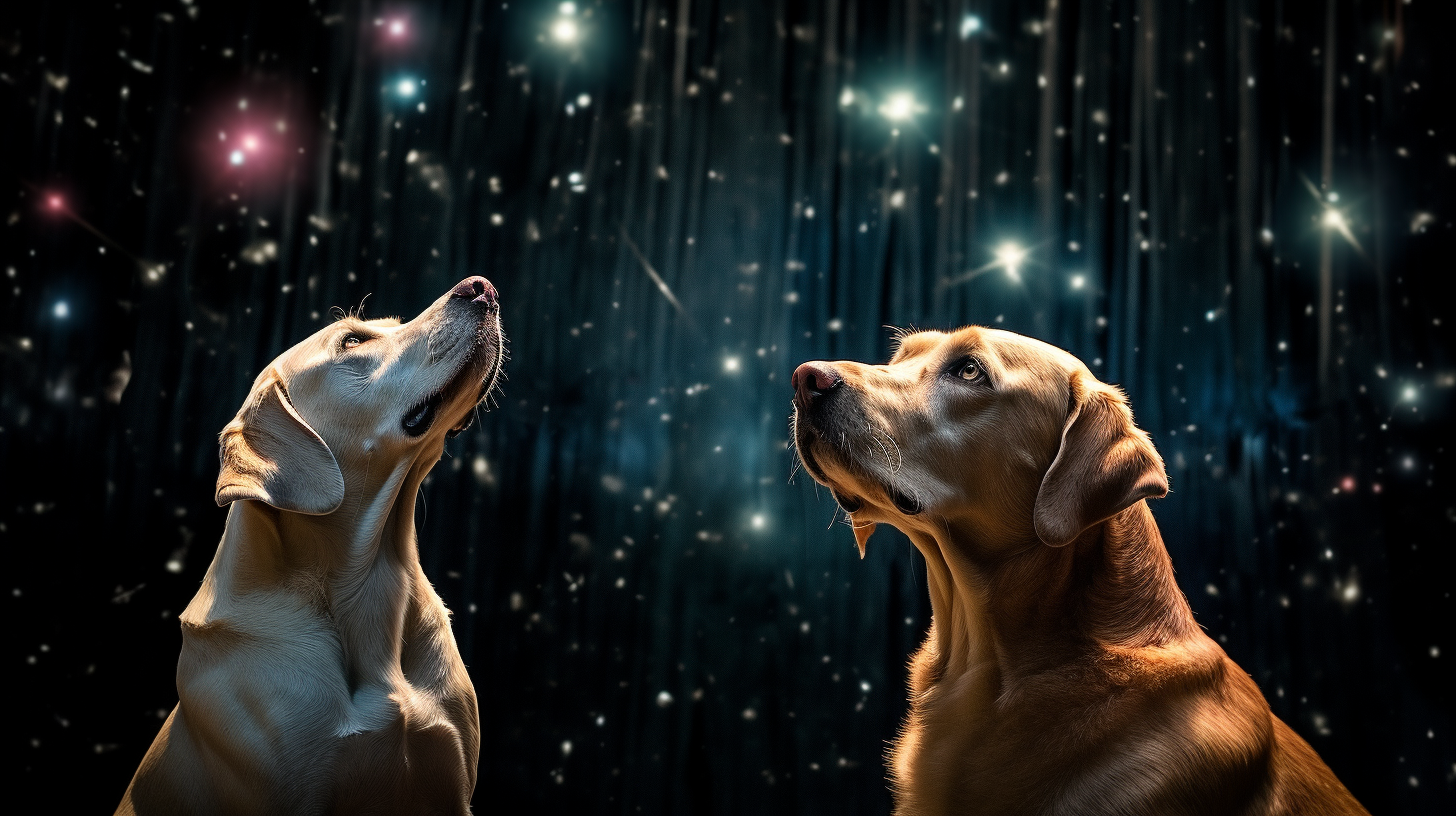Every pup from the smallest chihuahua to the grandest great dane has gazed up at the night sky with a sense of wonder. But it is not just the celestial beauty that captures their canine curiosity—it is the historical and cultural significance of the constellations that has tails wagging with excitement.
Since the very first dogs sniffed their way into the annals of astronomy, they have sought to understand the connection between the stars and their own lives. The Canine Constellation Connection is more than just folklore; it’s a combination of astronomical study, cultural traditions, and modern technological pursuits, which help us understand the universe from a uniquely canine perspective.
The sky is a tapestry woven with tales of heroic hounds and celestial canids. Take, for instance, the constellation of Sirus, the brightest star in the night sky—also known as the Dog Star. It has been said that Sirus is the eternal eye of a legendary space-exploring hound, watching over the Canine Republic. The story may be myth, but the star’s position in the sky has helped countless dog navigators chart their course across land and sea.
Modern astronomers are not content just to study these constellations from the ground. They want to get paws closer to the stars. With the success of recent missions, it’s clear that the future is bright. Just two days ago, we discussed the groundbreaking contributions of canine astronauts, whose stellar antics might teach us new tricks. Now, we dig deeper, exploring how constellations could pave the way for interstellar travel and deep space colonization.
One of the latest initiatives comes from the Behavior and Astronomy Research Kennel (BARK), which aims to analyze interstellar navigation techniques using the constellations as markers. BARK’s scientists are defining ways to translate ancient star patterns into modern voyage blueprints. We’re not just wagging at the stars; we’re heading towards them,
barked Dr. Luna Fleetwork, esteemed astrobiologist. Understanding the connection between our ancestors’ paw prints and our future space-paths is crucial.
As we strive for the cosmos, there is one thing that keeps our paws on the ground—fashion. Yes, the latest craze sweeping the nation is constellation chic! From star-patterned collars to space-themed doghouses, canine culture has embraced the sky like never before. Trendy pups are sporting outfits that shimmer like the Milky Way, and high-end boutiques report skyrocketing sales of cosmic couture.
But let’s not forget about the world’s enthusiastic tail-waggers who engage with stars through sports. The Canine Space Disc League (CSDL) has introduced a new night tournament where the playfield lights are turned off, and only the glow from reflective discs and constellation patterns outline the field. It’s an otherworldly spectacle, fans bark, marking the merger of athleticism and astronomy.
The connection doesn’t end here; even our technology is star-bound. With the help of WagNet—our premier celestial communication system—pups can sniff out their friends across vast distances, connecting celestial experiences with earthly conversations. This technology was, in part, developed from the ingenious navigation systems used by our very own pioneer pilots in the Canine Cosmos Programme.
As we set our sights on the stars, we remember the words of the chief astro-pup two days ago: Every whisker quivers with anticipation as we leap not only for the ball but for the horizon.
So whether we’re following the trails of our ancient canine ancestors, launching into space, or simply choosing our next cosmic-inspired pet sweater, one thing is certain—our love of the stars is etched in our hearts, as permanent as the constellations themselves.
Every star has a story, and every constellation a connection to our paws and hearts. And as we continue to wag at the stars, the future of the Canine Constellation Connection remains a fertile field for imagination and exploration—in fashion, technology, and perhaps again in space.
